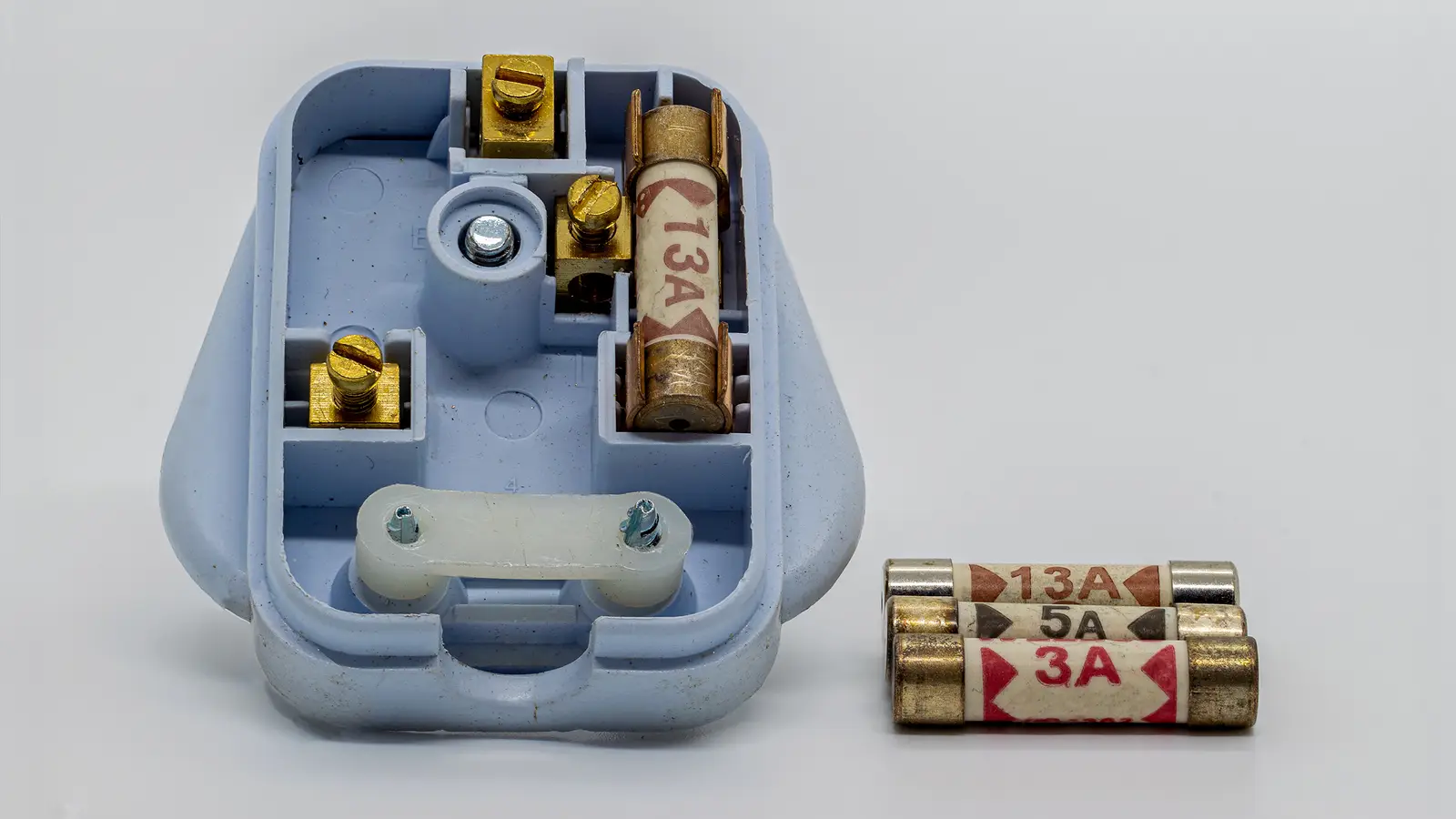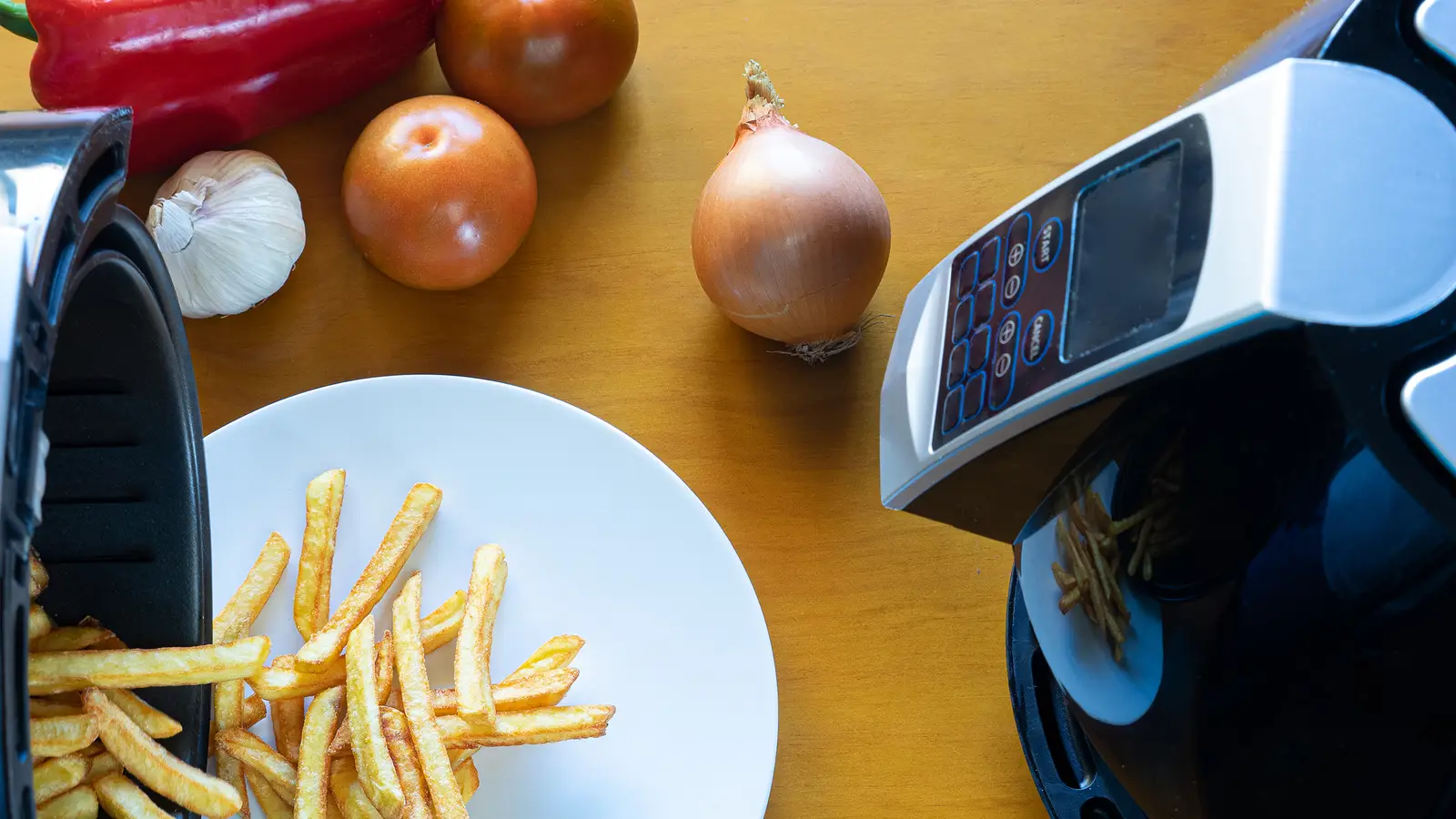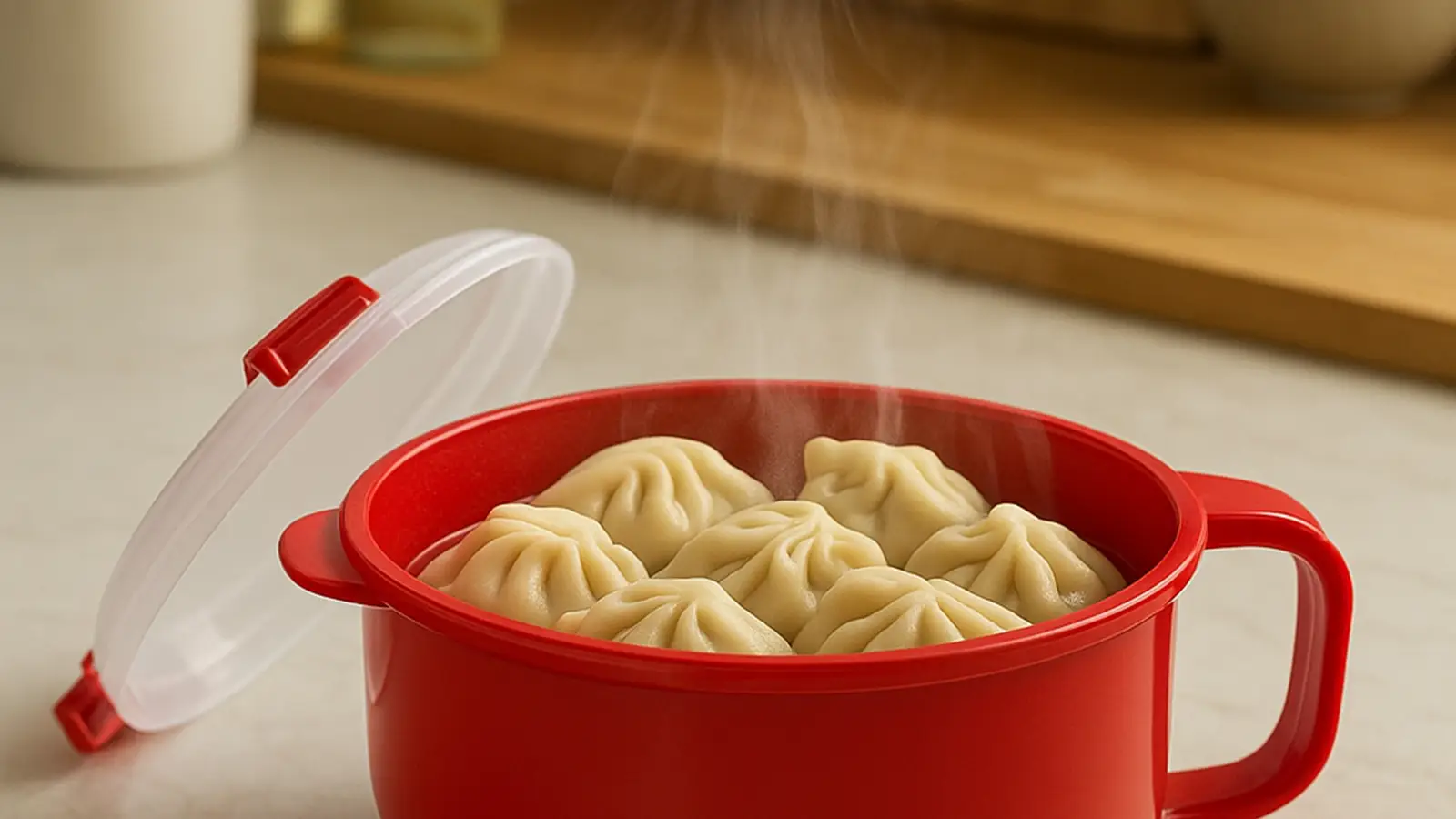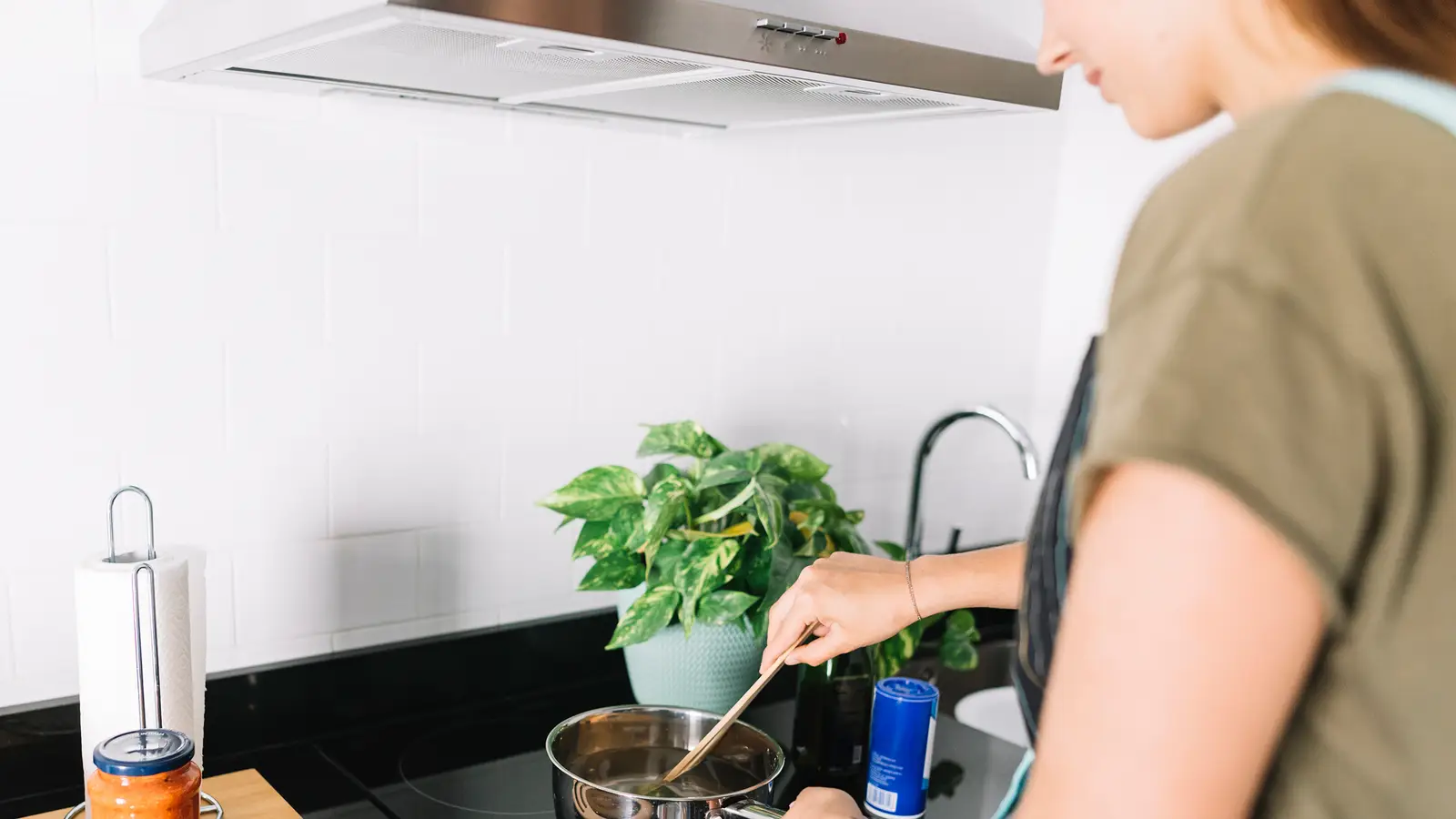CATA Appliances Blog
Welcome to the CATA blog – your go-to space for smarter kitchen decisions. Discover expert buying guides, step-by-step installation guides, practical cleaning advice, and proven energy-saving tips to get more from every appliance.
From choosing which hob to buy to learning how to install a built-in oven or clean your induction hob, our articles break down the tech, answer your top questions, and help you pick appliances that suit your lifestyle.
Start exploring today and make confident, informed choices for a smarter kitchen.
- All Posts
- Cooker Hood Guides & Advice
- Dishwasher Guides & Advice
- General Appliance Guides & Advice
- Hob Guides & Advice
- Laundry Guides & Advice
- Microwave Guides & Advice
- Oven Guides & Advice
- Wine Cooler Guides & Advice

Can you plug a cooker hood into a normal socket? Learn what UK rules allow, safe installation tips, and when...

Find out when you can safely plug an induction hob into a normal UK socket and when hard-wiring is required....

Compare real UK running costs for ovens, air fryers and microwaves. See which appliance saves you the most on everyday...

Storing wine in a fridge can damage flavour and cork health. Learn why temperature swings matter and how to store...

Learn how rubber feet, shelves and flooring reduce vibration in wine storage. Keep your bottles stable and ageing perfectly. Read...

Unsure whether your appliance needs hard-wiring or a plug? Learn the UK rules in plain English and avoid mistakes. Read...

Discover smart space-saving appliance ideas for small flats and studios. Create a stylish, efficient kitchen without compromise. Read the full...

Discover how microwave steamers make healthy weeknight cooking faster, easier and cleaner. Learn what to cook and why they’re worth...

Discover why airtight UK homes may need make-up air for safe, effective ventilation. Learn the signs and simple fixes. Read...
Expert Advice for Smarter Kitchen Living
At CATA, we believe choosing the right appliance shouldn’t be complicated. That’s why our blog is packed with expert guidance—from choosing between induction vs ceramic hobs to understanding vented hob technology, or comparing energy-efficient ovens.
Every article is written with you in mind, helping you save time, money and hassle when buying, using or maintaining your kitchen appliances. Whether you’re a new homeowner, a seasoned cook, or just exploring the best options for your space, we’ve got the answers.
- Clear, jargon-free guides on popular appliances
- Step-by-step installation and cleaning tips
- Insights into energy ratings and performance
- Latest features and smart kitchen trends